
Karyotyping by G Banding Test
Karyotyping by G Banding
The Karyotyping by G-banding test is used to determine the number, size, and shape of chromosomes in a given sample of individuals, providing a genome-wide picture of the individual's chromosome. Chromosomes are DNA-containing organelles that hold genes. Parents transmit these genes to their offspring. Karyotyping reveals changes in the chromosome number that are associated with aneuploidy conditions, such as trisomy 21 (Down syndrome). Chromosomal abnormalities like duplications, deletions, translocations, or inversions can be detected with the help of Karyotyping by the G-banding test.
G-banding or Giemsa staining, is a method used in cytogenesis (examination of genetic cells) to produce a visible karyotype. It is the most commonly used technique in karyotyping. In order to identify chromosome abnormalities and assist in the diagnosis of hereditary illnesses, birth deformities, and other immune system disorders, the karyotyping test can be carried out using blood or body fluids. Thus, getting karyotyping by G-banding can prevent children from being born with chromosomal abnormalities
What is karyotyping by G-banding used for?
Karyotyping by G-banding is used to determine unusual changes in chromosomes. It can help in the diagnosis of the following conditions:
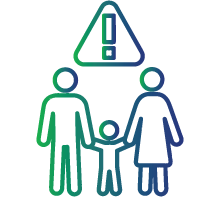
A genetic condition that runs in your family
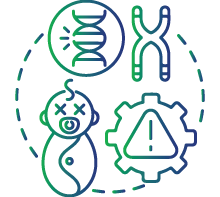
Chromosomal problems in the unborn baby

Male or female infertility
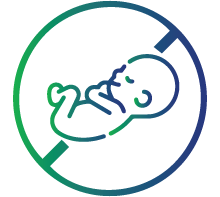
Miscarriages (more than two in a row before 20 weeks)
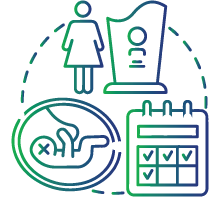
Stillbirths

Certain types of cancer and blood disorders
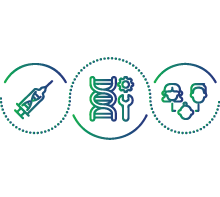
To monitor treatment response in genetic diseases
Who should get tested?
You might need a karyotyping if you:
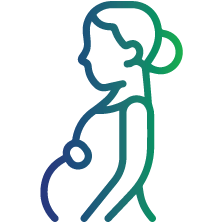
Are planning a pregnancy
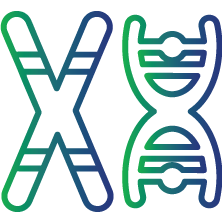
Have a family history of genetic/chromosomal disorders
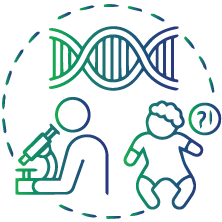
Have symptoms of a genetic disorder

Are a candidate for certain cancers and blood disorders, such as leukaemia, lymphoma, myeloma, etc.
Test preparation:
No special preparation is required before taking a karyotyping test
Interpretation of results
Positive or abnormal test results
Positive or abnormal test results indicate that either you have an unusual structure or number of chromosomes (that is, one extra or less of the normal 46 chromosomes in a cell). Abnormal results may also mean that the health of you or your child is not proper based on the changes in the structure or number of chromosomes noticed. A healthcare provider will help you understand exactly what your results mean.
Negative test results
Negative results indicate you have a normal number of chromosomes, i.e., 46 chromosomes, without any structural abnormalities
FAQs
What is the significance of karyotyping G-banding test?
A karyotype test examines your chromosomes to check if you have all 46 chromosomes. Chromosomal abnormalities, such as Down syndrome (additional chromosome 21) and Turner syndrome (missing X chromosome), can seriously impair health, growth, and normal development. The screening, monitoring, and diagnosis of genetic disorders can be done with karyotyping by G-banding
How long should I wait for my karyotyping G-banding test results?
It may take 1-2 weeks to get the results of karyotyping. However, sometimes it may take more or less time
I am 42 years old and pregnant. Should I undergo karyotyping test to see if my baby is at any risk?
Yes. Advanced maternal age is a risk factor for certain chromosomal disorders, such as Down syndrome, in children. With each pregnancy, a woman's chances of having a child with a genetic condition increase. So, it is advised to consult your healthcare provider before a karyotyping test
What are the risks associated with the karyotyping G- banding test?
Some of the risks are listed below:
· You may experience a minor cramp during amniocentesis or CVS.
· There are no serious risks associated with bone marrow sampling other than feeling a little sore or stiff at the place where the sample was taken.
A blood test and a biopsy will involve no such significant risks
I am 6 weeks pregnant, and we have a family history of a genetic condition. When should I go for karyotyping?
Amniocentesis and chorionic villus sampling are the two different types of tests recommended for unborn babies. These are usually recommended during the 10th to 14th weeks of early pregnancy (the first trimester)

